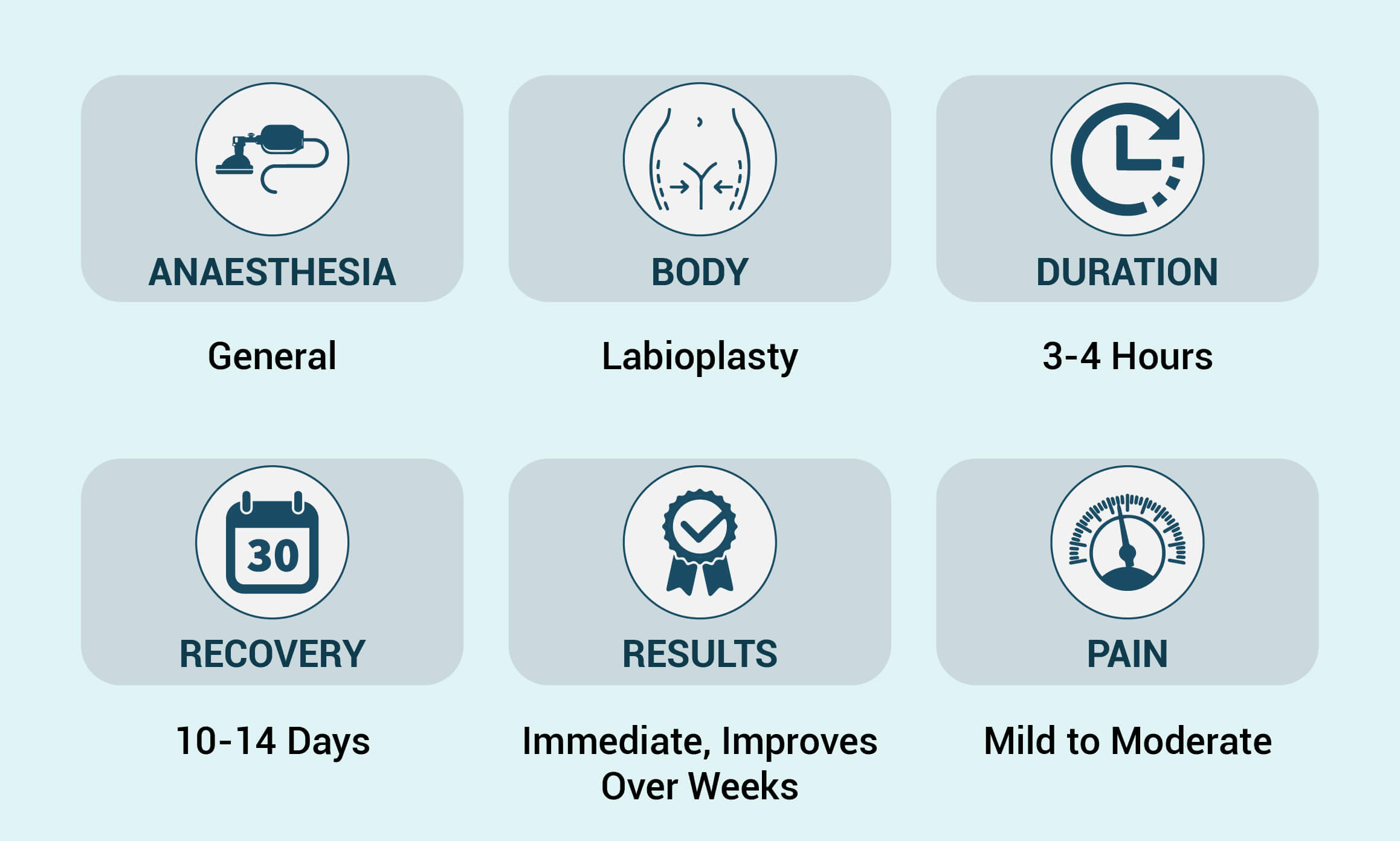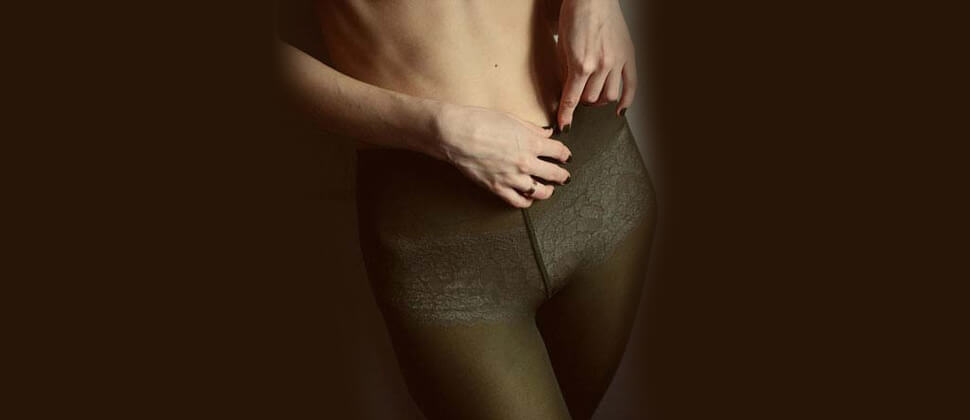Labiaplasty in Mumbai: Embrace Your Confidence with Expert Labia Reduction Surgery
What is Labioplasty Surgery ?
Labiaplasty (also known as labioplasty, labia minora reduction, and labial reduction) is a plastic surgery procedure for altering the labia minora (inner labia) and the labia majora (outer labia), the folds of surrounding the human vulva.
Labiaplasty, or labia reduction surgery, is an inevitable part of vaginal rejuvenation. Various concerns can be addressed with labiaplasty , including problematic physical activities, tugging during intercourse, and clothing interference. The labia vary in shape, size, and color. The popularity of labiaplasty is rapidly increasing due to women's concern about their vaginal health, safety, and appearance. In order to treat large and unattractive labia, women must undergo labiaplasty surgery.


Types of Procedures done
Labia Minora Reduction :Reducing the size of the labia minora - Many women dislike the enlarged and protuberant appearance of their labia minora. In the case of a sexual partner, this may cause severe embarrassment. Constant irritation caused by tight pants can also result from the overly large labia minora. Surgery to reduce the size of the labia can greatly improve their aesthetic appearance. Some women are born with large labias while others may develop this condition after childbirth or with age.
Labia Majora Reduction :In addition to childbirth, weight gain or loss can worsen Labia Majora Reduction. In some cases, liposuction can help improve them. Surgical reduction is required in more serious cases.
Why it is done ?
Women seek surgery to this location for multiple reasons. Most women are concerned about the discomfort and also the appearance caused by labial elongation. The symptoms which women normally describe being associated with the excess tissue include discomfort and pain with certain activities such as prolonged sitting, cycling and sexual intercourse.
Labial reduction is usually carried out on the labia minora. These are regarded as the ‘inner’ lips on either side of the entrance to the vagina. Many women also seek surgery to remove the excess labial tissue which may show in certain types of clothing and to improve the general appearance of the genitalia.
Some women live with this discomfort for many years and adopt various strategies to reduce discomfort such as wearing loose clothing. Many women have become aware only recently, that something can actually be done to improve the situation.
Some women live with this discomfort for many years and adopt various strategies to reduce discomfort such as wearing loose clothing. Many women have become aware only recently, that something can actually be done to improve the situation.
Contra-indications
Labia reduction surgery is relatively contraindicated for the woman who has active gynaecological disease, such as an infection or a malignancy; the woman who is a tobacco smoker and is unwilling to quit, either temporarily or permanently, in order to optimize her wound-healing capability and the woman who is unrealistic in her aesthetic goals.
The latter should either be counselled or excluded from Labiaplasty surgery. Davison et al write that it should not be performed when the patient is menstruating to reduce potential hormonal effects and the increased risk of infection.
To assist the healing patients should cleanse with water and shave the area one day prior to surgery, removing all the pubic hair around the labia. The surgery is performed under a general anesthesia.
Surgery is usually performed as a day care. Numerous techniques are available such as a trim of the labia minora, a crescentic excision of on the internal part of the labia minora, or the use of a wedge and flap closure to close the wound. Surgery involves meticulous removal of excess tissue. The wound is closed using two layers of dissolving sutures, which do not require later removal.
It is generally recommended that ice is applied between two layers of undergarments for the first day. After surgery, most patients need to take a minimum of three to four days off work. This will help in better wound healing.
Patients are asked to wear loose comfortable clothing after the surgery. The main risks of Labiaplasty are wound infection and wound breakdown. Post-surgery patients should cleanse with water and avoid harsh chemicals and dry by simply dabbing the area rather than vigorous rubbing. A Labiaplasty enhances the physical and physiological quality of life for many women.
 WhatsApp
WhatsApp